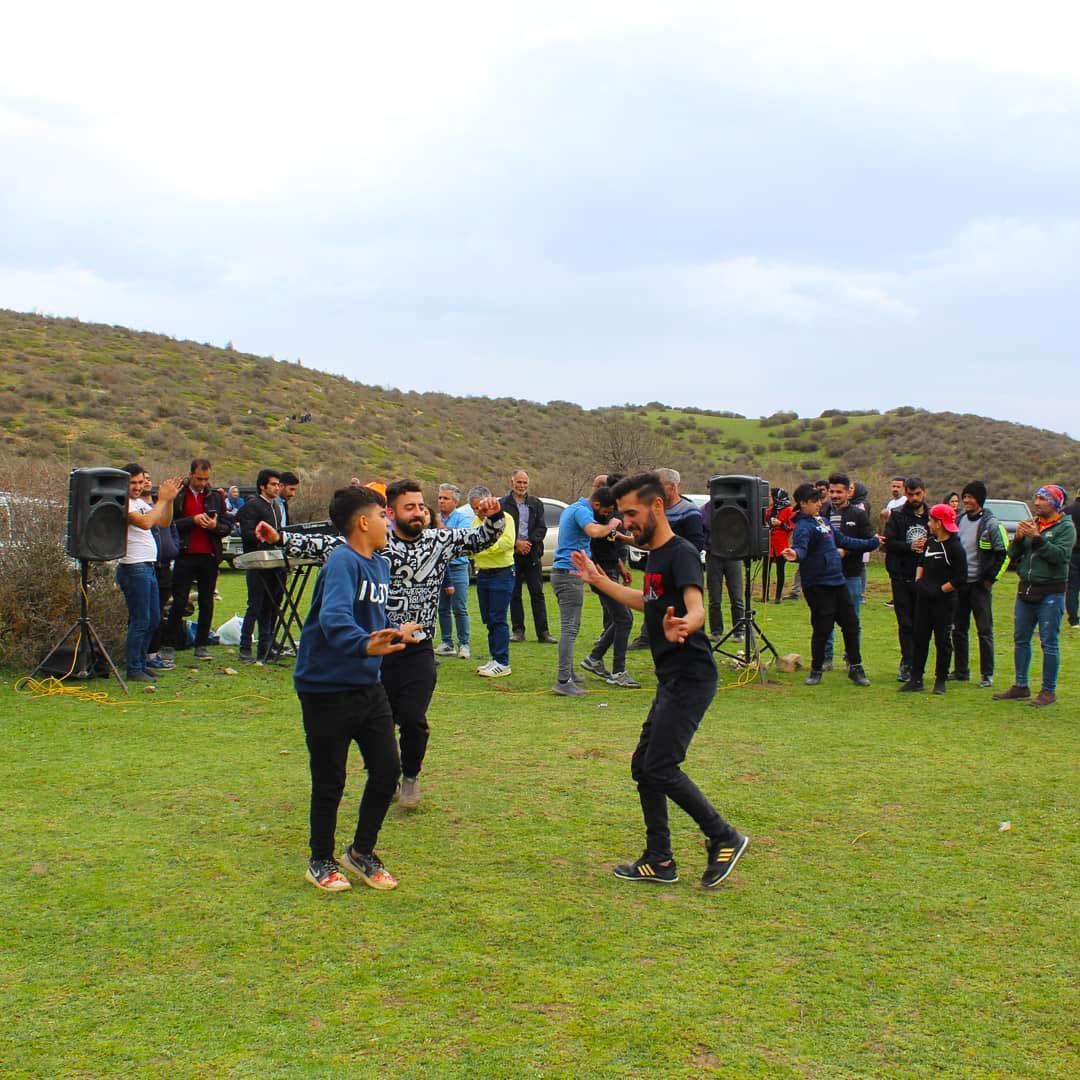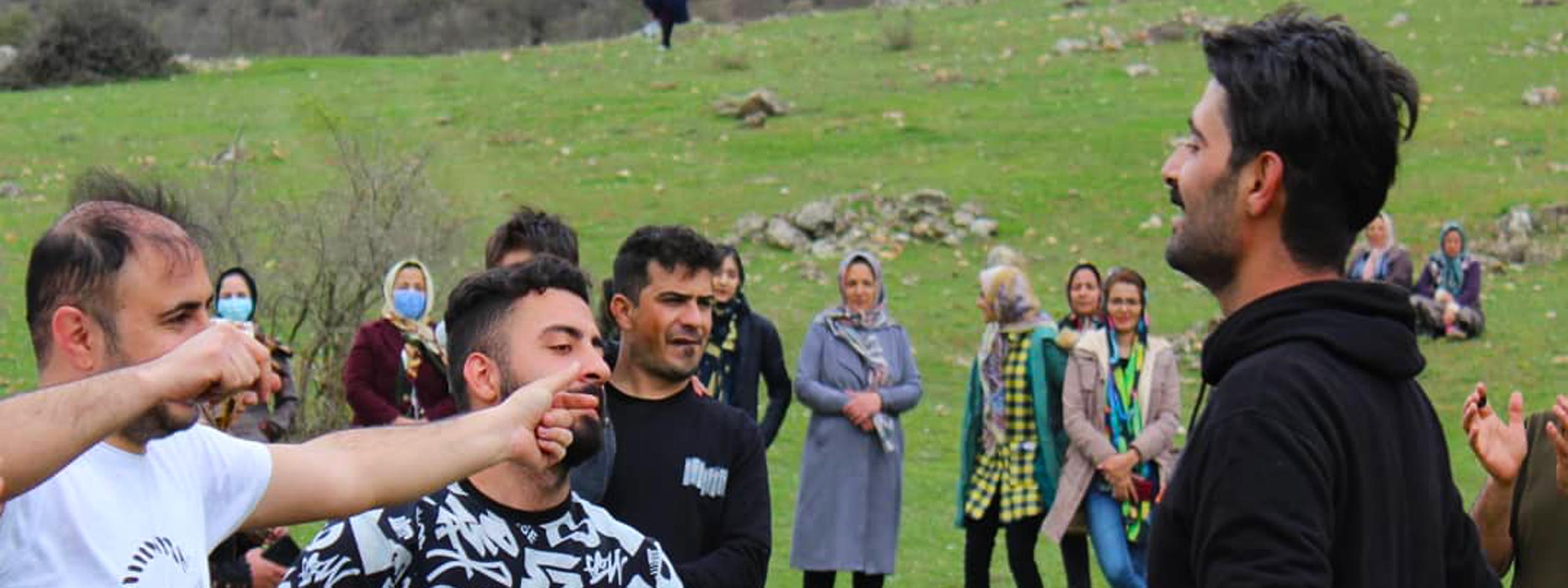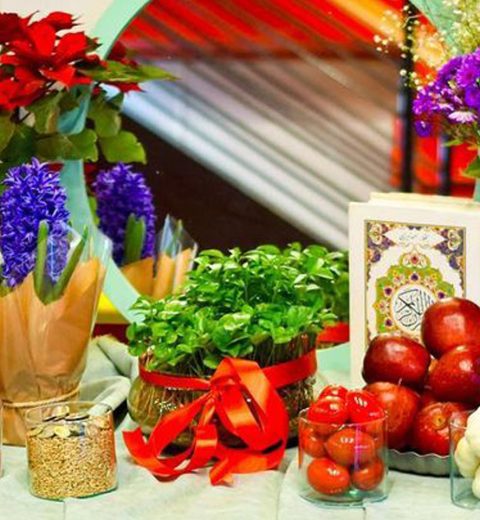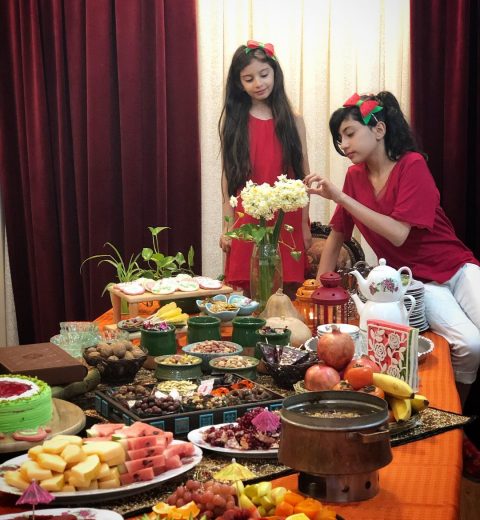The image that tourists have of Sizdah be-dar in Iran is more of a picnic and nature tour, which of course is not far from reality; But this was not the case from the beginning.
Sizdah be-dar is a celebration!
Nowruz is one of the ancient celebrations of Iranians and for this reason, Sizdah (means 13 in Persian) be-dar from the very beginning as one of the celebrations of this festival and has always been in Iranian culture.
In Sizdah Be-dar, which is usually the last day of the Nowruz holiday, people go to nature to welcome the new year at the foot of the mountains and plains and also to renew their connection with nature. There is also an ancient narration that says that the thirteenth day of the new year has special bad luck and misfortune, and it is better for people to rest and pleasure in nature on this day instead of working and being at home.
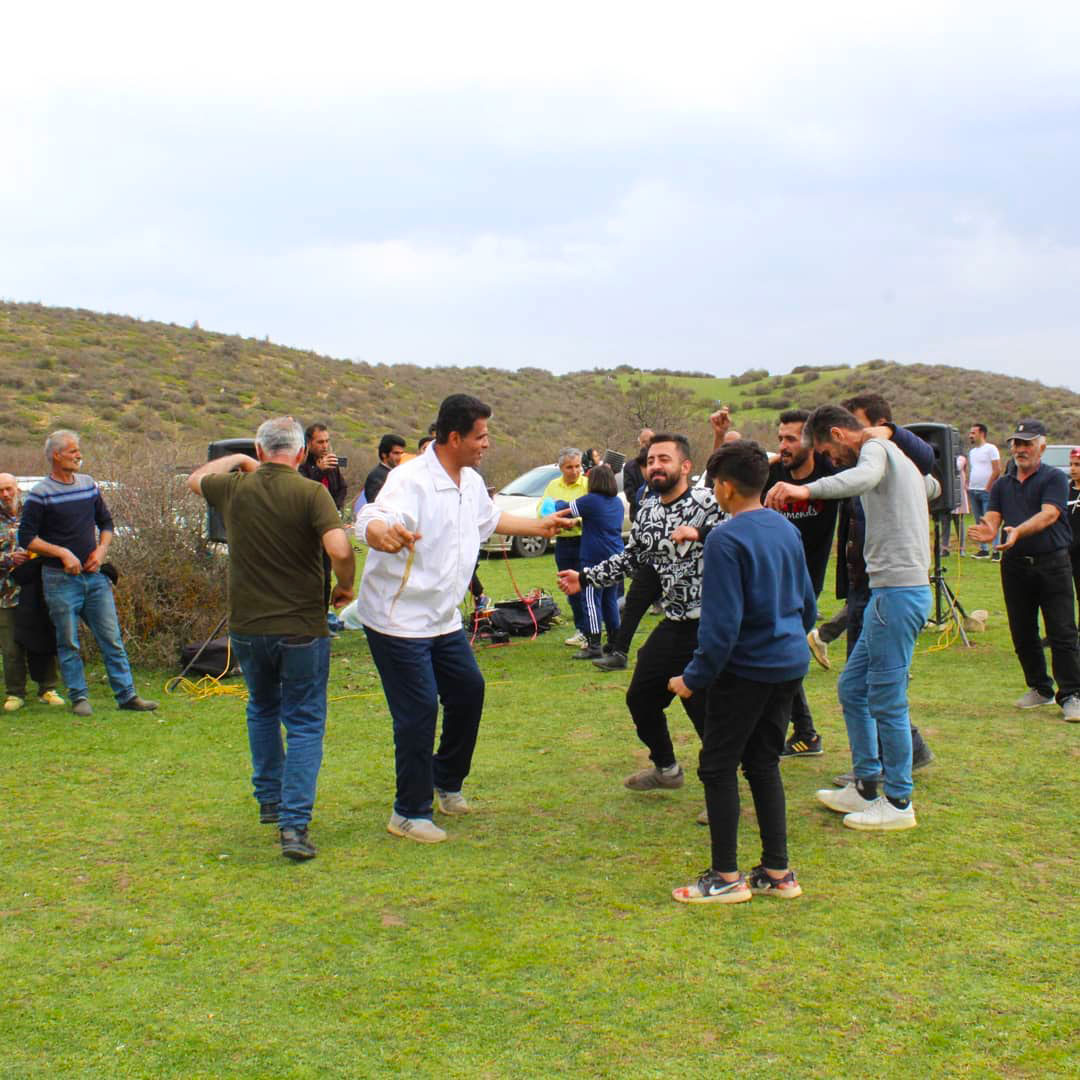
If you look in Iranian calendars, you will see that Sizdah be-dar is also known as “Nature Day”. Do you know why the thirteenth day of the new year has such a place? Because the first 12 days of the year are a symbol of the twelve months of the whole year, and on the thirteenth day, people visit nature and start the year.
One of the customs of the Nowruz celebration, which ends on the Sizdah Be-dar, is that everyone grows Eid greenery (a local plant) in their homes, and on the Sizdah Be-dar, they leave that greenery in nature; Some people even plant trees and flowers in nature on this day. These works are all part of the rituals of paying homage to nature and are done as a manifestation of prosperity and blessing.

Another custom on this day is to tie the grass. Historically, this action is done for young people getting married in the new year. When two young people get married, their lives are intertwined and they stay together. Therefore, the Iranians believe that tying the grass on the Sizdah Be-dar can persuade young people to get married.
Another custom is to soak the seeds in running water. This also has different meanings in different cities and provinces, while some cities are not even aware of the existence of such an official. It is said that the seed bud knot is a symbol of human problems and when you put it in running water, you actually free yourself from that problem.
If we look at the subject a little more historically, there is a different story. In Iranian mythology, there is a goddess named “Anahita” who is the goddess of water and is a kind of manifestation of blessing and abundance. When people put the sprouts of seeds (which are a symbol of nature) in running water, they give a kind of gift to this goddess to have a blessed life in the new year.
